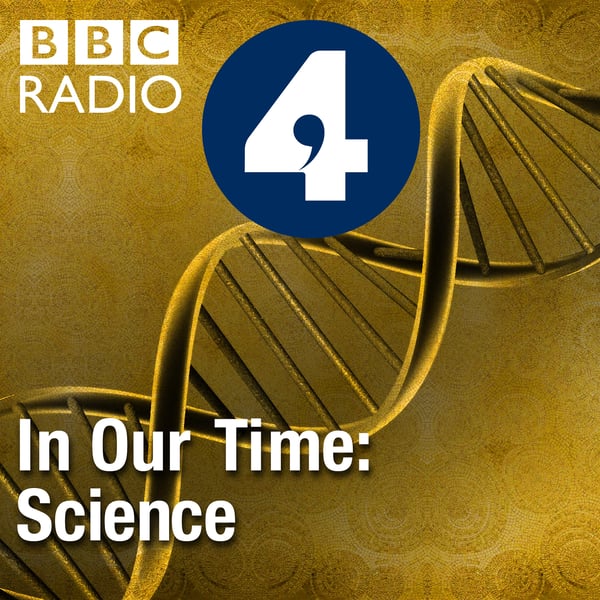Renaissance Maths
In Our Time: Science
BBC
4.5 • 1.4K Ratings
🗓️ 2 June 2005
⏱️ 42 minutes
🧾️ Download transcript
Summary
Transcript
Click on a timestamp to play from that location
| 0:00.0 | Thanks for down learning the In Our Time podcast. For more details about In Our Time and for our terms of use, please go to BBC.co.uk. |
| 0:10.0 | I hope you enjoy the program. |
| 0:12.0 | Hello, as with so many areas of European thought, mathematics in the Renaissance was a question |
| 0:17.9 | of recovering and if you are very lucky improving upon Greek ideas. The geometry of Euclid, Apollonius and Ptolemy, ruled today. |
| 0:25.8 | Yet within 200 years, European mathematics went from being an art that would unmask the |
| 0:29.6 | eternal shapes of geometry, to a signs that could track the manifold movements and changes of the real world. |
| 0:35.6 | The Indian and Arabic tradition of algebra was assimilated and both Newton and Leibniz developed |
| 0:40.6 | the calculus, the maths by which we can still put men on the moon. |
| 0:44.6 | But how did this profound change come about? |
| 0:46.9 | What were the ideas that drove it? |
| 0:48.8 | And is this the period in which mathematics became truly modern? |
| 0:52.3 | With me to discuss the new mathematics is Jackie Stettle, a research fellow in the history |
| 0:56.3 | of mathematics at the Queen's College Oxford, Professor Robert Kaplan, co-founder of the Math |
| 1:00.6 | Circle at Harvard University, and Jim Bennett, director of the Museum of Science |
| 1:05.2 | and Fellow of Linneker College at the University of Oxford. |
| 1:08.5 | Robert Kaplan, the foundation stone for the Maths of the Renaissance period was Greek geometry. Can you define |
| 1:14.9 | geometry and explain why the Greeks considered it to be so important? |
| 1:18.3 | Here were these forms, these eternal shapes that lay behind changing appearances and the Greeks came to grips with these |
| 1:27.0 | over a long period which becomes solidified, rigorized, made sense of at last by Euclid. |
| 1:35.0 | One has not only a sense of what these shapes are and how they behave, |
| 1:40.0 | but a basis for this understanding in logic, a rigorous foundation where the ideas, the basic |
| 1:49.6 | acceptable ideas, the axioms, those things which how could one help but accept are developed |
... |
Please login to see the full transcript.
Disclaimer: The podcast and artwork embedded on this page are from BBC, and are the property of its owner and not affiliated with or endorsed by Tapesearch.
Generated transcripts are the property of BBC and are distributed freely under the Fair Use doctrine. Transcripts generated by Tapesearch are not guaranteed to be accurate.
Copyright © Tapesearch 2025.

